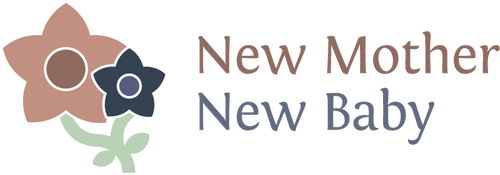Engorgement
Gail Macklin RN BSN IBCLC

Engorgement is a conditon that usually occurs 3-7 days after delivery. It is marked by the body making more milk than it knows what to do with and while it can be quite uncomfortable it also indicates that your body is doing what it is supposed to be doing. Some call it the onset of copious milk supply.
The good news to keep in mind is that engorgement generally lasts 24-48 hours and then resolves. Over the years there has been controversy about the best way to treat engorgement. The current thinking is to use heat right before nursing, a warm wet washcloth, a nice hot shower or you can use booby tubes or bambooease to get some heat to your breasts. The heat will help to loosen things up inside and help your milk to flow more easily. Then you will want to go ahead and nurse. If you are still having trouble getting the milk to flow, try doing some gentle hand massage to your breasts and try again. In this case if milk is still not flowing, you may want to try to pump to get the milk flowing and then go ahead and try to nurse again.
When you are done nursing or pumping, apply cold to your breasts. You can use ice packs, a bag of peas or whatever you have on hand and you may want to apply the ice over your bra or one layer of clothing so it it is not too cold on your skin. The cold generally will feel good and helps to reduce swelling between feedings. You may also have heard of the use of green cabbage leaves. Yes, many women will tell you they feel great and have helped. You put the cabbage in the fridge to chill them and then wash them off and they nicely conform over your breasts. Then put the ice packs over the cabbage for some nice relief. Talk to your MD about taking some ibuprofen for pain and to help reduce inflammation. Keep repeating these steps with each nursing or pumping session and you should get some relief soon!
Other Helpful Links:
Engorgement-From Kellymom.com by Kelly Bonyata BS IBCLC
New Perspectives on Engorgement by Mary Kay Smith, IBCLC, from Leaven, Vol. 35 No. 6, December 1999-January 2000, pp. 134-36.
